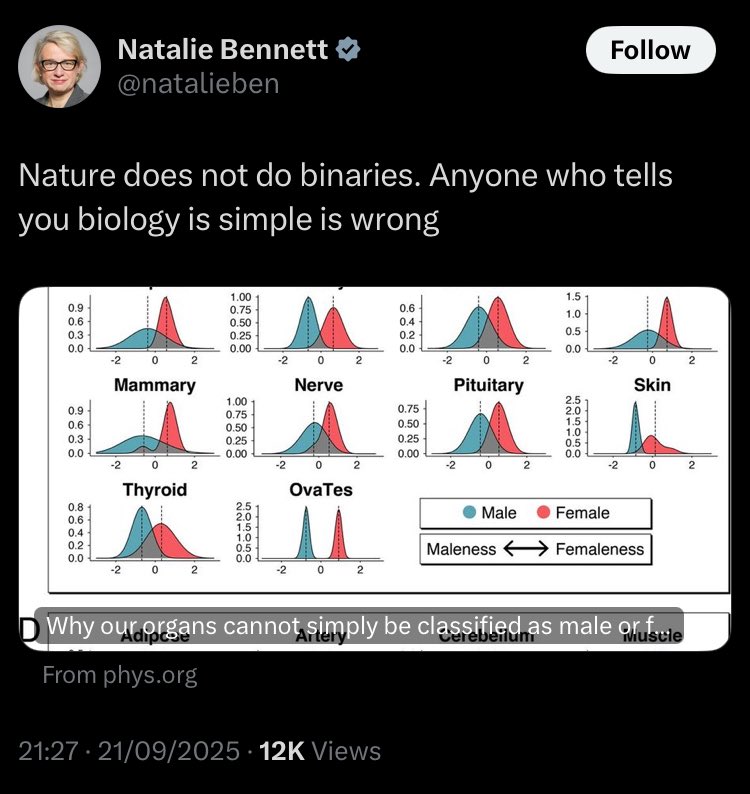This is Lisa Carrington. She is a New Zealand canoeist.
She won three gold medals at Tokyo 2020 and became NZ’s most successful Olympian ever.
She won three gold medals at Tokyo 2020 and became NZ’s most successful Olympian ever.

This is Caitlin Regal. She is a New Zealand canoeist.
She won her first Olympic gold medal at Tokyo 2020.
She won her first Olympic gold medal at Tokyo 2020.

These are Kerry Gowler and Grace Prendergast. They are New Zealand rowers.
They both won their first Olympic gold medals at Tokyo 2020.
They both won their first Olympic gold medals at Tokyo 2020.

These are the New Zealand women rugby 7s.
They won gold medals at Tokyo 2020.
Michaela Blyde
Kelly Brazier
Gayle Broughton
Theresa Fitzpatrick
Stacey Fluhler
Sarah Hirini
Shiray Kaka
Tyla Nathan-Wong
Risi Pouri-Lane
Alena Saili
Ruby Tui
Tenika Willison
Portia Woodman
They won gold medals at Tokyo 2020.
Michaela Blyde
Kelly Brazier
Gayle Broughton
Theresa Fitzpatrick
Stacey Fluhler
Sarah Hirini
Shiray Kaka
Tyla Nathan-Wong
Risi Pouri-Lane
Alena Saili
Ruby Tui
Tenika Willison
Portia Woodman

These brilliant female athletes gave New Zealand their highest number of gold medals in nearly 30 years.
Well done!
Well done!
More brilliant NZ sportswomen!
The current netball world champions (and I've seen them play live!)
The current netball world champions (and I've seen them play live!)
https://twitter.com/JackMerched/status/1444256894365978624?s=20
This is Tupou Neiufu. She is a NZ paralympic swimmer. At two years old, she was injured in a hit a run, and left with a permanent brain injury causing hemiplegia.
She won her first Olympic gold medal at Tokyo 2020.
She won her first Olympic gold medal at Tokyo 2020.

This is Lisa Adams. She is a NZ paralympic shotputter. She has left hemiplegia.
In 2020, she won her first Olympic gold medal and, in separate competition, set the world record for her event.
In 2020, she won her first Olympic gold medal and, in separate competition, set the world record for her event.

This is Sophie Pascoe. She is a NZ paralympic swimmer. At 2 yrs old, she suffered severe leg injuries, resulting in left amputation below the knee, in an accident.
She did not win her first gold medal at Tokyo 2020.
She joined an elite club of 40 athletes with 10 Olympic golds.
She did not win her first gold medal at Tokyo 2020.
She joined an elite club of 40 athletes with 10 Olympic golds.

This is Anna Grimaldi. She is a NZ paralympic sprinter and longjumper. She was born without a functional right forearm/hand.
She jumped her way to her second Olympic gold at Tokyo 2020.
She jumped her way to her second Olympic gold at Tokyo 2020.

This is Holly Robinson. She is a NZ paralympic javelin thrower. She was born without a left forearm/hand.
She won her first Olympic gold at Tokyo 2020.
She won her first Olympic gold at Tokyo 2020.

• • •
Missing some Tweet in this thread? You can try to
force a refresh








